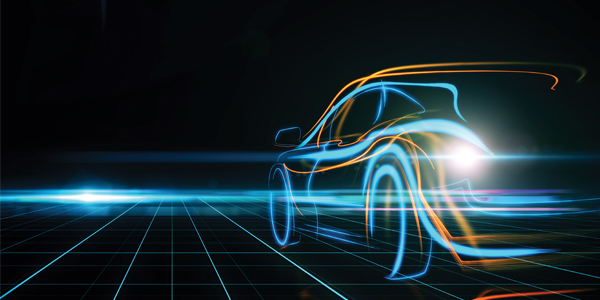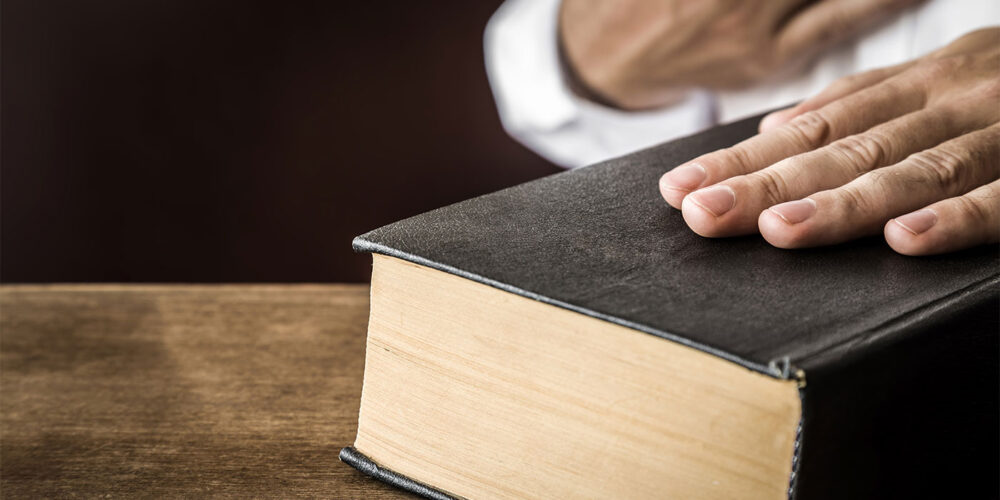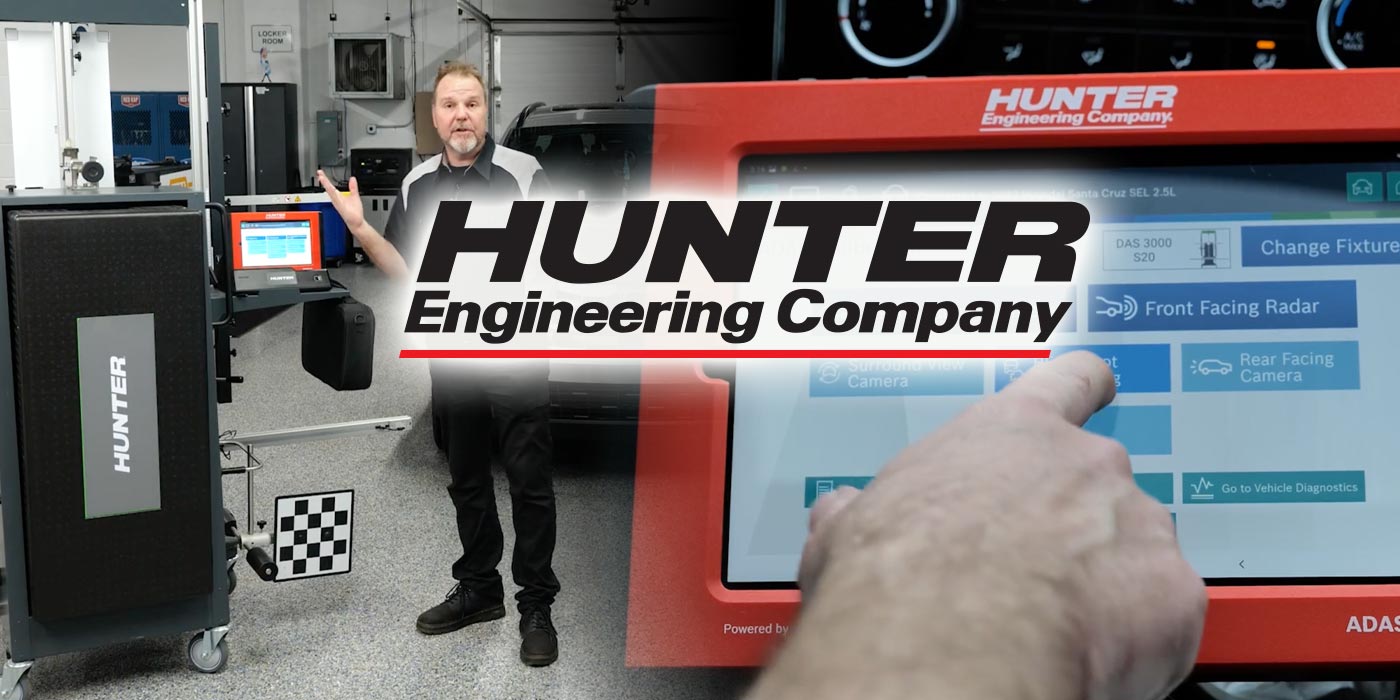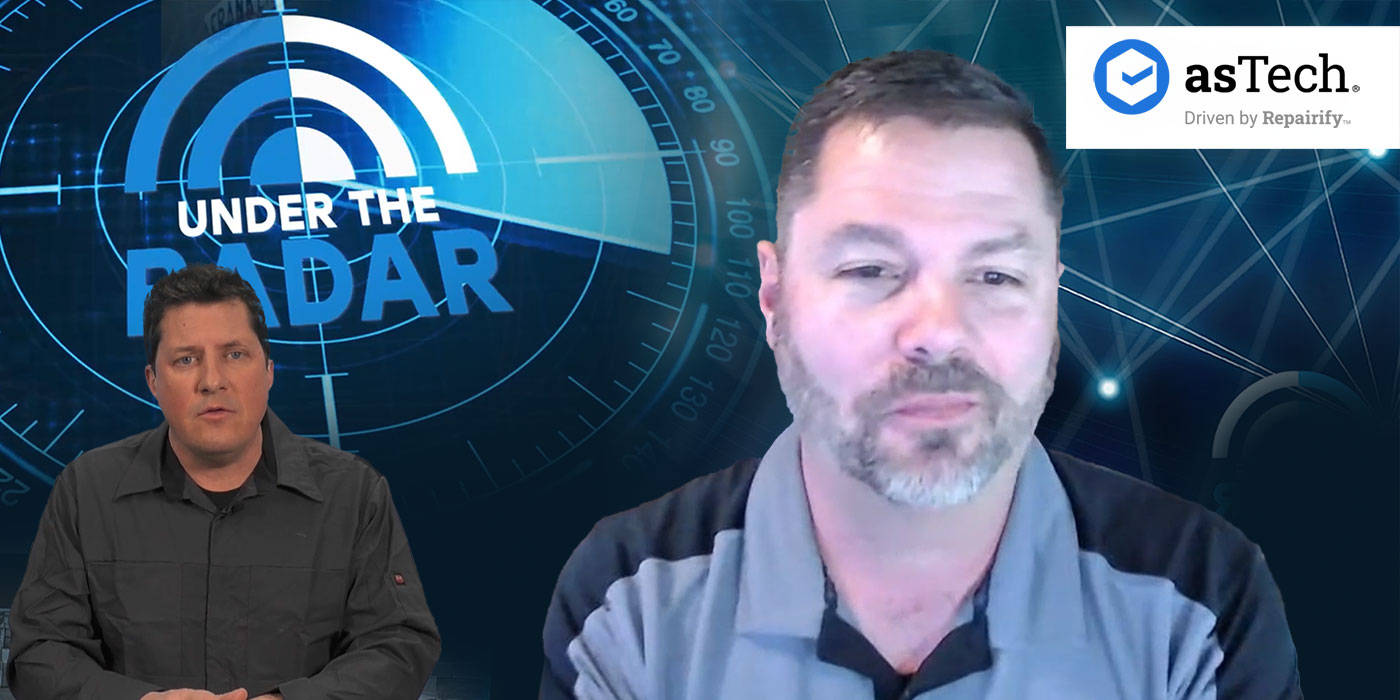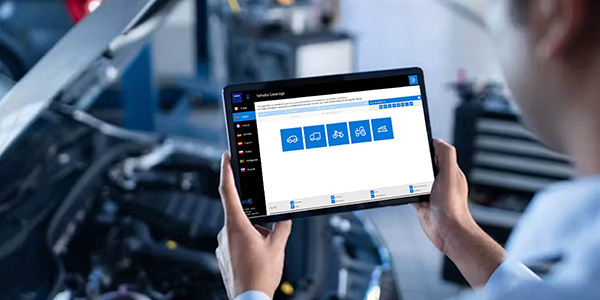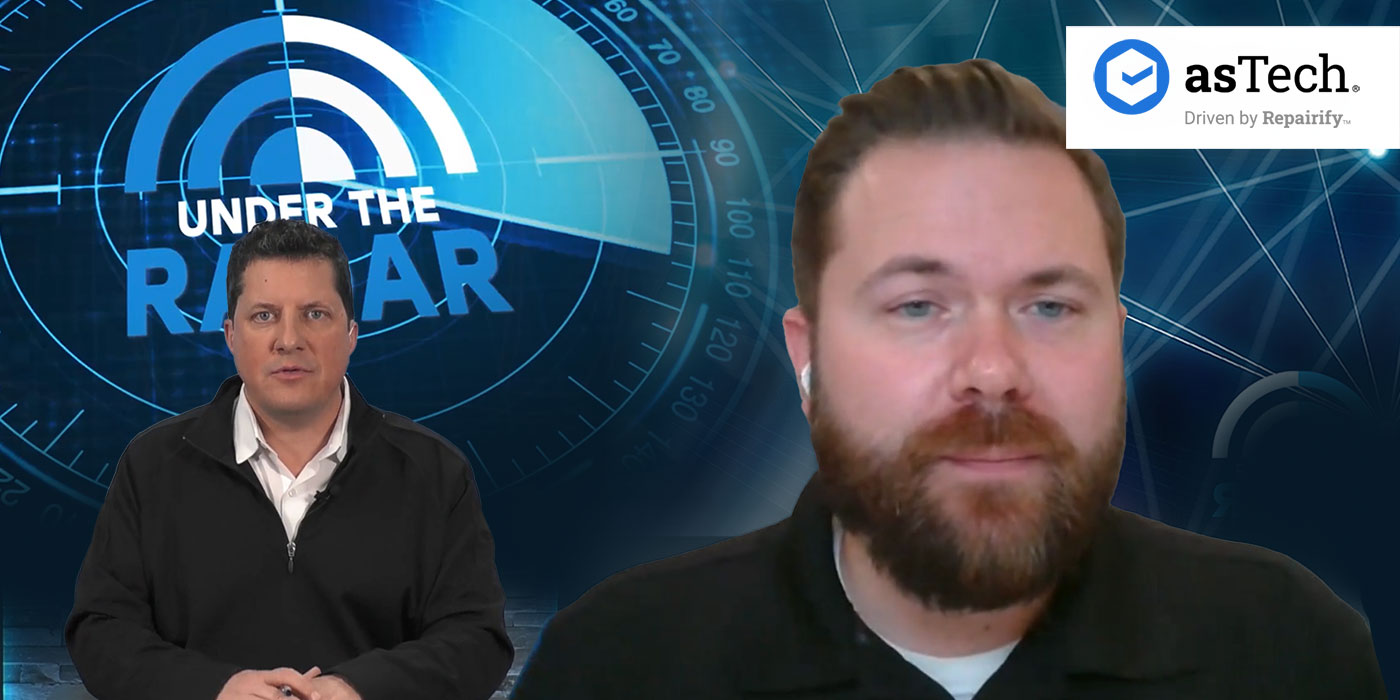Scanning is one of the hottest topics in the collision repair industry today. I believe the best way to approach this subject is not from a repairer’s perspective but a post- repair inspector’s.
Post-Repair Inspection
During a post-repair inspection, the inspector would be remiss not to perform the necessary research to determine what parts, materials and procedures are called for by the OEM for a proper and thorough repair.
The post-repair inspector is responsible for determining what damages were sustained, the methods and parts required to make the necessary repair, and if those repairs meet OEM specifications for safety, performance and appearance to the best of reasonable human ability.
From a repairer’s point of view, their ultimate goal is to attain the level of repair as prescribed and desired by the OEM. This is necessary to:
- Avoid repair-related failures and the resulting liabilities.
- Gain the customer’s continued trust and confidence and lifelong referrals.
- Produce a fair and reasonable profit.
The OEM’s intended goal is twofold:
- To have the damaged vehicle restored to a level where they will avoid any potential liabilities due to performance-related failures.
- To retain the vehicle owner’s confidence and satisfaction and earn their loyalty from cradle to grave (and repeated purchases and referrals).
It’s imperative that all OEM recommendations and/or mandates are looked up and performed during the repair, including pre- and post-repair scanning, clearing of all diagnostic trouble codes (DTCs) and recalibration of all on-board systems.
The Doctor Is In
The first step for a repairer is to know what you may not know. This simply means to scan the damaged vehicle to determine if any there are any diagnostic codes that need to be addressed.
Repairing a vehicle can be like a doctor treating a young child or accident victim in the ER. If the injured party (damaged vehicle) is unable to describe or articulate their injury or cause of pain, the doctor (collision expert) must undertake the diagnostic measures necessary to determine what is wrong and what is needed to repair it. An X-ray, CAT scan or MRI may be needed to determine what’s wrong with a patient. Likewise, repairers, in order to prepare an accurate damage assessment and perform a proper and thorough repair, need to determine what issues exist, including those that may not be visible to the naked eye.
Testing, measuring and scanning a vehicle’s on-board systems is the only way a repairer can effectively determine what is wrong and the steps needed to restore the damaged vehicle’s safety, performance, appearance and value…and the customer’s peace of mind.
Let’s look at another example from the medical field: a doctor is asked to treat a person complaining of an injured arm. Upon visually examining the patient, the doctor sees that there are various degrees of abrasion, bruising and swelling and the patient is in severe pain. The condition is consistent with a “simple fracture,” so the doctor does not perform an X-ray. Instead, she applies a cast to immobilize the arm and tells the patient to come back in a week for a follow-up.
Here’s the problem. Immediately, the bone begins to heal itself and, if the bone is not restored to as close to its original position as possible, in time the broken and displaced bone will heal in the wrong position, which could cause further injury and even infection and loss of use…or possibly loss of the arm! If this happened to you or a loved one, who would you blame? Who would be responsible and liable for the poor diagnosis, treatment and results? If you said the doctor, you would be right – and she could lose a great deal more than she might from a mere malpractice lawsuit. Depending on her history of prior negligence-related claims, she may not be able to obtain medical professional liability insurance (malpractice insurance) or, even worse, she could lose her license to practice medicine and her practice.
In the collision repair industry, the repercussions could be even worse if someone were to be injured or lose their life due to improper diagnosis and a resulting defective repair.
Vehicle Technology
The technological advancements in today’s automobiles are making the potential liability associated with faulty repairs greater and greater with each passing day: advanced driver-assistance systems (ADAS) and artificial intelligence (AI) systems involving hands-free driving, blind-spot detection, collision warning and collision avoidance braking, lane departure, front and/or rear cross traffic detection, active park assist, adaptive cruise control, 360 degree bird’s eye cameras, adaptive lighting and night vision. These advancements are far superior to auto-dimming rearview mirrors and headlamps!
It boggles the mind what today’s vehicles offer as far as driver assistance, and one can only imagine what technologies will be introduced in the upcoming models and beyond. This is why every shop owner must take the necessary steps to perform the repair according to the vehicle manufacturer’s specifications. This begins with proper inspection, testing, measuring and scanning of the vehicle’s on-board systems.
A proper and thorough repair ends only after proper inspection, testing, scanning and calibration of the systems to ensure the vehicle functions and performs in the same manner as it was designed to do when it was first built. Successfully doing this will require repairers to have access to the proper tools, equipment, parts and materials recommended and/or required by the manufacturer and the training, acquired knowledge and experience required to perform a proper and thorough damage assessment and repair to the best of reasonable human ability.
Not Your Father’s Industry
To suggest that “This is not your father’s auto body repair industry” would be a gigantic understatement, and as technologies advance, the higher the bar will be raised for those who will be performing collision repair and facing increased liability.
It’s time for all repairers to re-evaluate their position in the collision repair industry and the price-point they will need to establish to garner a realistic return on the significant investments the industry requires to remain viable and to address the many liabilities they will face.
Whether performed in-house or as a sublet service, the costs for proper scanning and calibration will remain substantial, but not nearly as costly as not doing it or not having it done properly.
Eating the Elephant
How does one eat an elephant? One bite at a time. If you’re worried about staying current with OEM technologies, you should be. However, the end is not near for those who accept the challenge and begin to take the steps and make the investments needed to meet OE standards.
The key to success is to not bite off more than you can chew. Take the steps you need to as you can, and over time, if done properly, you’ll be able to continue to augment your company’s training, equipment and services to meet the ongoing challenges while avoiding unwanted liabilities that may cost you valuable time and resources…and possibly your business.
In the interim, do what needs to be done to properly serve your customer’s repair needs, and do it at a fair and reasonable rate that enables you to reinvest in your company’s training and equipment as needed to meet the ongoing technological demands of today’s automobiles.

